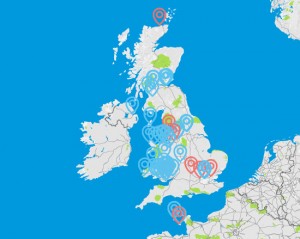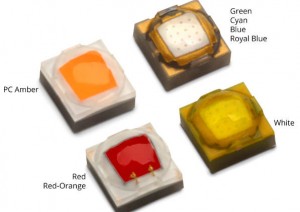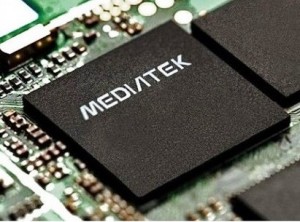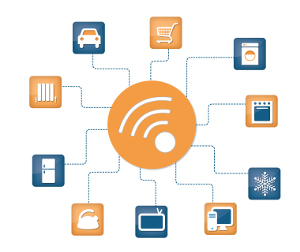Quantenna is sampling 10G Wave 3 Wi-Fi products built on Quantenna’s True 8×8 QSR10G Wi-Fi platform with multi-user MIMO (MU-MIMO) technology for home wireless access points and residential gateways.
Quantenna’s up-to-12-streams 10G Wave 3 can address both the service provider and retail market segments.
10G Wave 3 WiFi supports speeds up to 10Gbps attained by combining True 8×8 MIMO configuration for 5GHz networks with a 4×4 MIMO configuration on 2.4GHz networks for a combined 12-stream configuration.
 Quantenna’s 10G Wave 3 platform delivers the maximum capacity within the minimum spectrum so that more streams can be simultaneously transmitted with improved range and reliability.
Quantenna’s 10G Wave 3 platform delivers the maximum capacity within the minimum spectrum so that more streams can be simultaneously transmitted with improved range and reliability.
This means that 802.11 Wi-Fi access points or gateways using 10G Wave 3 can support more clients, each running more efficiently for such demanding applications as real-time video, OTT video, voice, IoT and other services.
Single-user MIMO (SU-MIMO), 1×1 and 2×2 client performance is also improved, ensuring that the millions of currently shipping mainstream smart phones, tablets and notebook PCs will also benefit from an improved Wi-Fi experience.
The QSR10G Wave 3 product family also supports a unique adaptive MIMO architecture. This enables 10G Wave 3 access points to maximize overall network performance, delivering the best possible capacity across all client devices. This is important as the mix of legacy and new client devices are changing, as end consumers adopt more devices with 802.11ac.
Key Wave 3 features and Benefits
• Integrated AP chipset for dual-band (5GHz and 2.4GHz), dual concurrent operation and management
• 160MHz channel support for 5GHz networks. When combined with 8×8 MIMO configuration, this offers 4x the capacity of 80MHz 4×4 MIMO networks
• Unique adaptive MIMO configuration
• Up to 1024 QAM modulation for 2.4GHz and 5GHz transmissions
• Supports rich set of interfaces to external hosts such as PCIe Gen3/Gen2, RXAUI, RGMII, and others
The QSR10G product family delivers 10G Wi-Fi with up to 8×8 MU-MIMO for smart access points, wireless cable/DSL gateways. Key features of the industry’s first 10G Wave 3 Wi-Fi product family include:
• QSR10GU
o Peak PHY rate of near 10Gbps
o Support for simultaneous 5GHz and 2.4GHz networks
o 12 stream operation
• QSR10GA
o Peak PHY rate of 9Gbps
o Support for simultaneous 5GHz and 2.4GHz networks
o 10 stream operation
• QSR10PA
o Peak PHY rate of 7Gbps
o Support for simultaneous 5GHz and 2.4GHz networks
o 8 stream operation
• QSR10G5
o Peak PHY rate of 8.6Gbps
o Support for 5GHz networks
o 8 stream operation
“In Wi-Fi access points more antennas are always better, but 10G Wave 3 is not just about 8×8 MU-MIMO and faster speeds. It’s about making better use of network and airtime efficiency to support the growing number of connected devices, services and applications,” said Dr. Sam Heidari, Quantenna CEO.





